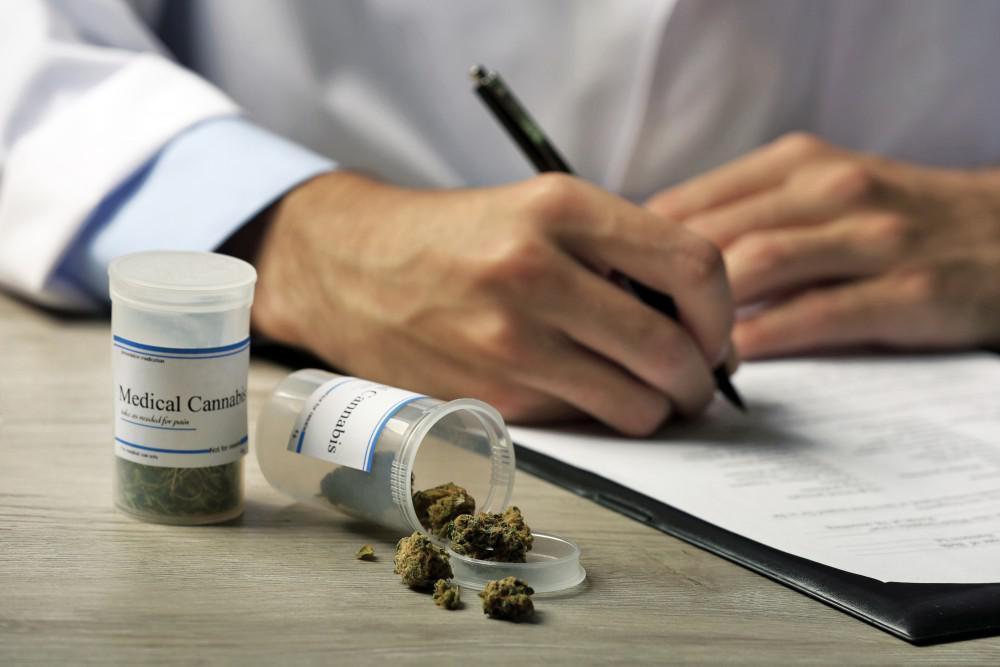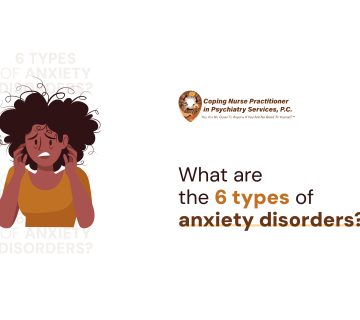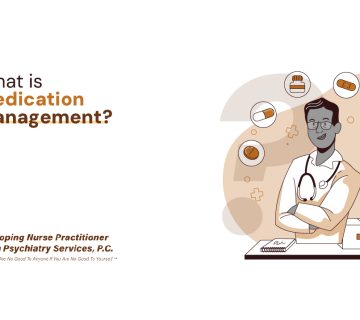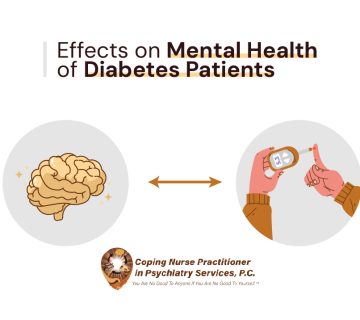Marijuana is legal in many states, including New York. But just because it’s legal doesn’t mean that it’s completely harmless. In the same way that there’s a difference between occasional alcohol use and alcoholism, there’s also a difference between occasional use of marijuana and a marijuana use disorder.
Substance abuse happens when your habits expand beyond just casual, infrequent use. It can become something that you require to get through the day but this often has many negative impacts on the rest of your life.
Dr. Judy E. Vansiea of Coping Nurse Practitioner in Psychiatry Services in Uniondale, New York, explains more about how to recognize when you have a marijuana use disorder.
What is marijuana use disorder?
Marijuana use disorder is a real thing and it’s more common than you might realize. The Centers for Disease Control and Prevention estimates that 3 in 10 people are unable to stop using marijuana, even when doing so leads to negative social or health consequences in their lives.
If you get high as soon as you wake up (the so-called “wake and bake”) it’s a good sign that you have marijuana use disorder. But even if you don’t do it as soon as you wake up, it can still have bad consequences for you.
Although anyone can develop a marijuana use disorder, it’s more common in younger individuals and is twice as common in men than in women.
The problems of marijuana use disorder
The problems with marijuana use are not just limited to how often you use marijuana. Often, marijuana use disorder exists alongside other more serious mental health conditions.
Many people with marijuana use disorder also have sometimes serious levels of disability from mental health conditions, including depression, post-traumatic stress disorder, anxiety, and alcohol abuse.
You can’t just treat the marijuana use disorder without also addressing any coexisting conditions that may be present.
Symptoms that may indicate marijuana use disorder
The symptoms that indicate marijuana use disorder are similar to the symptoms of alcohol use disorder or most substances.
They include:
- Cravings
- Lack of control
- Withdrawal
- Symptoms that interfere with social or professional functioning
You don’t have to experience all of these symptoms. It depends on how many symptoms you have and the extent to which you have them.
Getting treatment
Marijuana use has many effects on your health. Because it is most commonly smoked, this causes damage to your lungs. It also has effects on the developing brain, which is a big problem because adolescents are most likely to start using the drug and your brain continues to develop until you’re about 25 years old.
When you come in for treatment for marijuana use disorder, Dr. Vansiea usually asks some questions about other symptoms you experience that lead you to use the drug. This can help determine what other mental health symptoms may affect you.
In addition to receiving treatment for any other mental health issues, you also learn several techniques to help you manage your cravings and withdrawal symptoms.
Unlike some other addictive substances, marijuana doesn’t respond well to using substitute drug therapies. However, most people find that the techniques used in therapy are sufficient to stop using marijuana as frequently.
If you have or suspect that you may have marijuana use disorder, you can get help and learn how to live a truly more productive life. Contact Dr. Judy E. Vansiea at Coping Nurse Practitioner in Psychiatry Services today or request an appointment online.





No comment